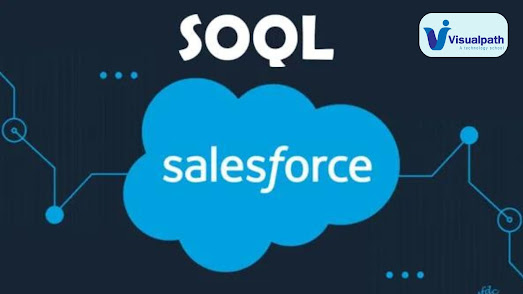Salesforce Platform: Understanding Lightning Component
Lightning Components are a user interface (UI) framework for developing dynamic web apps for mobile and desktop devices. They are part of the Salesforce Lightning Platform, which provides tools and services for rapidly building applications on the Salesforce platform. - Salesforce CRM Training Course
Key Concepts:
1. Component-Based Architecture: Lightning Components follow a component-based architecture
where the UI is built by assembling components. Components are reusable units
of code that encapsulate HTML, JavaScript, and CSS.
2. Event-Driven Architecture: Communication between components in a Lightning application is
facilitated through events. Components can communicate with each other by
firing events and handling them.
3. Lightning App Builder: Salesforce provides a visual development tool called the Lightning App Builder, which allows
users to create custom interfaces by dragging and dropping Lightning Components
onto a canvas.
4. Lightning Design System (SLDS): Lightning Components adhere to
the Salesforce Lightning Design System
(SLDS), which provides a set of CSS classes and guidelines for creating
consistent and responsive user interfaces. - Salesforce
CRM Training in Ameerpet
Advantages:
1. Performance: Lightning Components are
optimized for performance, providing faster load times and better
responsiveness compared to traditional Salesforce
Visualforce pages.
2. Reusability: Components can be reused across
multiple applications, reducing development time and effort.
3. Scalability: Lightning Components are designed
to scale with your application, allowing you to build complex and feature-rich
interfaces.
4. Integration: Lightning Components can
easily integrate with other Salesforce features and services, such as Apex (backend logic), Lightning Data Service (data retrieval
and manipulation), and third-party APIs.
Development
Process:
1. Component Creation: Components can be created using the Lightning Component
Framework, which provides a set of tools and libraries for building UI
components.
2. Component Bundle: Each Lightning Component is packaged as a bundle containing
the component markup (`.cmp`), client-side
controller (`.js`), server-side
controller (`.apex`), helper functions
(`.js`), and style (`.css`).
3. Testing: Lightning Components can
be tested using Salesforce's Lightning
Testing Service (LTS) and tools like Salesforce DX for automated testing
and continuous integration. - Salesforce
CRM Online Training
4. Deployment: Lightning Components can be
deployed to Salesforce orgs using Salesforce
DX, Change Sets, or Salesforce Extensions for Visual Studio Code.
Overall,
Lightning Components provide a modern and flexible framework for building
custom user interfaces on the Salesforce platform, enabling developers to
create rich and interactive applications that leverage the full power of the
Salesforce ecosystem.
Visualpath is the Leading and Best
Institute for learning Salesforce CRM Training in Hyderabad. We provide Salesforce CRM Online Training, you will get the best course at anaffordable cost.
Attend Free Demo Call on - +91-9989971070.
Visit Our Blog: https://salesforcecrmonline.blogspot.com/
Visit: https://www.visualpath.in/salesforce-crm-online-training.html


.jpg)
Comments
Post a Comment